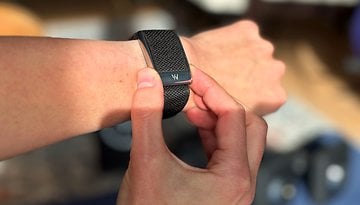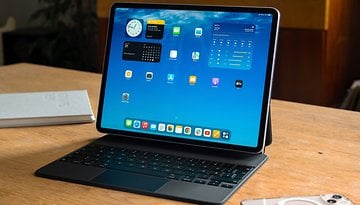Next-Gen Google Pixel Watch to Run on Fully Custom Processor


Most mobile chipsets today rely on ARM's architecture, leaving little less customizations, especially for those used in smartwatches. This is starting to change with the adoption of RISC-V, which is an open-source architecture that allows manufacturers to create fully custom processors. Now, Qualcomm and Google have announced they are co-developing a RISC-V platform for Wear OS and that may arrive first on Pixel watches.
- Also read: Mobile flagship SoCs compared
The US chipmaker revealed in a press release that it is currently working with Google on a custom Snapdragon platform with the design based on RISC-V. It is planned that the chips using the open-source instructions set will be used on next-gen Wear OS devices.
When should we expect the launch Wear OS smartwatches with RISC-V processors
Qualcomm didn't provide the exact timetable or when the chips based on RISC-V should be available on Wear OS smartwatches. But it is likely that this might come in a few years and should power first Google's wearable like the Pixel Watch line before finding its way to wearables of other brands.
Presently, Google's Pixel Watch 2 (review) is equipped with a Qualcomm Snapdragon W5 chip with processors utilizing ARM's design. This is quite comparable with the Pixel 8 (review) and Pixel 8 Pro's Tensor G3 SoC which is based on the Samsung Exynos 2400 platform, which subsequently uses ARM processors and graphics.

With RISC-V, it would enable Google and other OEMs to fully customize the chipsets by using a different processor and graphic unit (GPU) or prioritizing machine learning capabilities. At the same time, it may also help reduce the costs of these devices since brands like Google or Mobvoi (read the TicWatch 5 Pro review) won't need to pay the licensing that is usually accompanied when using ARM.
Beyond the wearable space, major names together with Qualcomm are already pushing to use RISC-V architecture and instruction set in automotive and industrial uses before adopting it to other form factors such as smartphones and wearable. But in the case of Wear OS, it seems this is being fast-tracked.
Do you think that fully custom silicon on devices will bring better solutions eventually? And what are your thoughts on RISC-V? Shoot us with your answers in the comments.
Source: Qualcomm



















